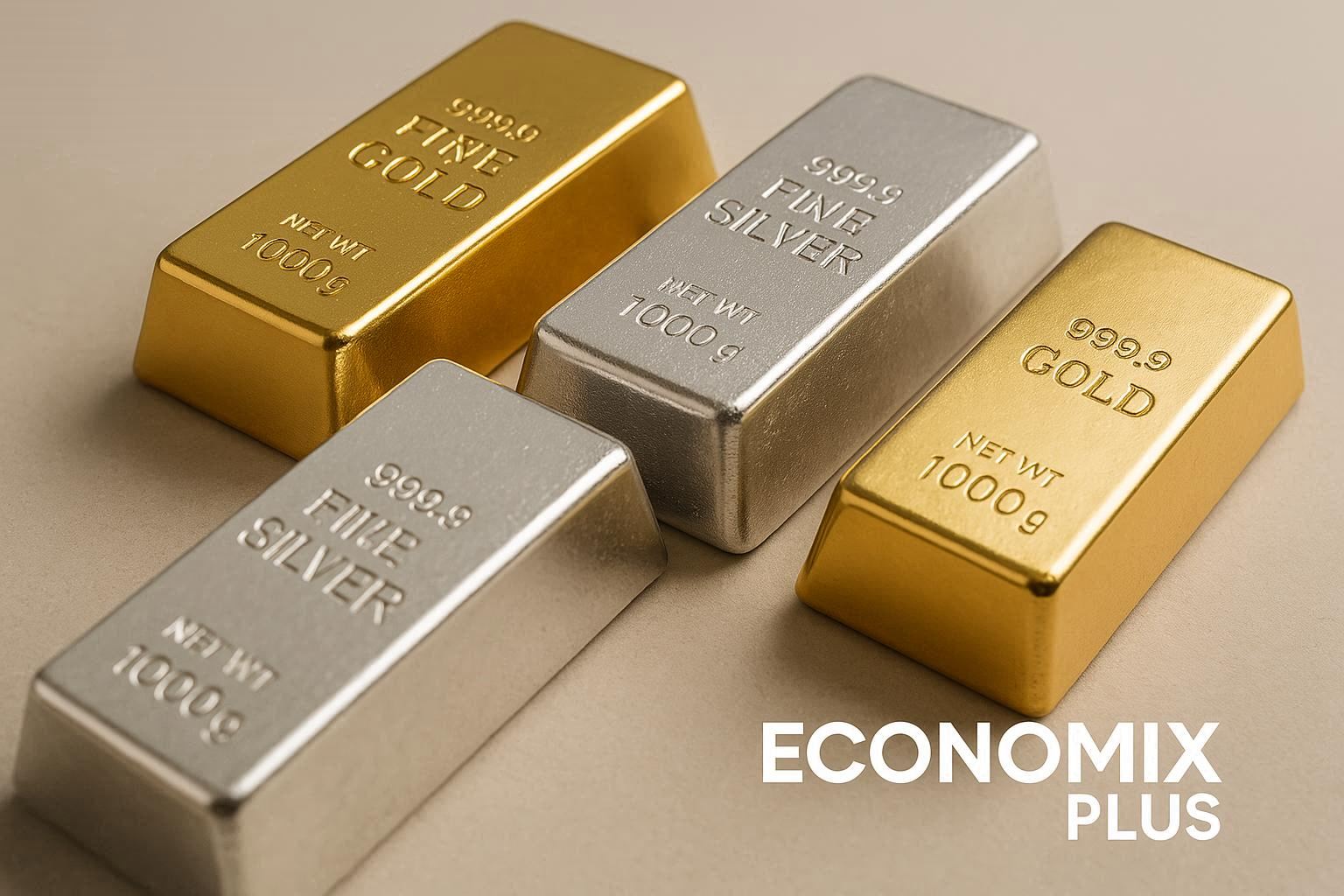Hedge funds promise high returns through aggressive strategies, but they’re not for the faint of heart. Unlike mutual funds, which often follow market trends, these vehicles use complex tactics like short-selling and leverage to profit in any economic climate. But how do you start navigating this high-risk, high-reward landscape?
Most hedge funds require you to be an accredited investor, meaning a minimum net worth or income. They also charge a “2 and 20” fee structure: 2% of assets annually plus 20% of profits. This aligns managers’ incentives with yours—but only if they deliver results.
Strategies like long/short equity balance bets on rising stocks with bets against weaker ones. Global macro funds bet on economic shifts across countries. These approaches demand deep research and adaptability. Yet, less regulatory oversight means you must vet managers rigorously.
Before diving in, understand the risks. High minimums lock up capital, and performance fees can eat returns. But with the right knowledge, you can turn volatility into opportunity.
Key Takeaways
- Hedge funds use aggressive strategies like short-selling, unlike traditional mutual funds.
- Accredited investors typically need a $1M net worth or $200K annual income.
- The “2 and 20” fee structure rewards managers only when you profit.
- Long/short equity and global macro are common high-risk, high-reward tactics.
- Limited regulation means thorough due diligence on managers is critical.
Introduction to the Hedge Fund Landscape
At their core, hedge funds are private partnerships designed to generate profits regardless of market direction. These vehicles pool capital from accredited investors to execute advanced strategies that traditional mutual funds can’t replicate. Their flexibility allows managers to pivot quickly as market conditions shift—a key advantage in volatile economies.
How Hedge Funds Operate Differently
Unlike mutual funds, hedge funds face lighter SEC regulations and restrict access to wealthier individuals. This freedom lets fund managers use tools like leverage, derivatives, and short-selling. For example, Bridgewater Associates’ Pure Alpha strategy balances global macroeconomic bets with rigorous risk controls, while Renaissance Technologies relies on algorithmic models to exploit pricing inefficiencies.
| Aspect | Hedge Funds | Mutual Funds |
|---|---|---|
| Regulatory Oversight | Limited | High (SEC-regulated) |
| Investor Access | Accredited only | General public |
| Common Strategies | Long/short, global macro | Index tracking |
Strategy Evolution and Manager Roles
Long/short equity remains a cornerstone approach, letting managers profit from both rising and falling stocks. Global macro strategies—like those used by Ray Dalio’s Bridgewater—analyze geopolitical trends to predict currency or commodity shifts. Event-driven tactics target corporate actions like mergers.
Selecting skilled fund managers requires scrutinizing their track record during downturns. Did their risk management protect capital in 2008 or 2020? Answers separate consistent performers from luck-driven ones.
Understanding Hedge Fund Strategies and Risk Management
Sophisticated approaches separate hedge funds from conventional investments. While returns often grab headlines, the real magic lies in balancing aggressive tactics with ironclad risk controls. Let’s unpack how these vehicles navigate turbulent markets.
Exploring Long/Short Equity and Global Macro Approaches
Long/short equity strategies thrive on stock-specific insights. Managers buy undervalued companies while shorting overpriced ones—a tactic that outperformed the S&P 500 by 4.2% during 2020’s volatility. Global macro funds, like Paul Tudor Jones’ flagship, analyze interest rates and trade wars to bet on currencies or commodities.
Consider this: A fund might go long on European renewable energy stocks while shorting fossil fuel companies. This dual approach hedges against sector-wide crashes.
Tactical Risk Reduction Techniques
Dynamic hedging adjusts positions in real-time using algorithms. Bridgewater’s All Weather fund employs this method, reducing exposure during market stress. Stop-loss orders automatically sell assets falling below preset levels—a key defense in 2022’s bond market collapse.
“Risk management isn’t a department—it’s the oxygen sustaining every trade.”
| Metric | Long/Short Equity | Global Macro |
|---|---|---|
| Sharpe Ratio (5-yr avg) | 1.2 | 1.5 |
| Max Drawdown | 18% | 12% |
| Volatility | 14% | 9% |
The Sharpe Ratio reveals which strategies deliver better returns per risk unit. Notice how global macro’s lower volatility supports steadier growth. Yet no tactic works without constant recalibration—your capital depends on it.
Evaluating Fund Managers and Performance Metrics
Your capital hinges on one critical factor: the skill and integrity of your chosen hedge fund managers. Scrutinizing their track record requires more than glancing at annual returns—dig into their price prediction accuracy during market shocks and their approach to hedge fund strategies and arbitrage opportunities.

Conducting Due Diligence and Reviewing Regulatory Records
Start by pulling a manager’s Form ADV from the SEC’s Investment Adviser Public Disclosure database. Look for disciplinary actions—like the 2022 case where a $900M fund settled charges for misreporting equity valuations. Cross-reference their claimed strategy with audited performance data.
Analyze risk-adjusted metrics like the Sortino Ratio, which filters out “noise” from upside volatility. A 1.5+ score suggests consistent returns during downturns. Also, assess how arbitrage tactics (merger, convertible, or statistical) contributed to past gains. Did they capitalize on Tesla’s 2020 S&P 500 inclusion events, for example?
“Transparency separates legends from liars. If a manager hesitates to share position-level details, walk away.”
| Metric | Strong Performer | Red Flag |
|---|---|---|
| Annualized Volatility | <12% | >20% |
| Worst Drawdown | <15% | >25% |
| Alpha Generation | Consistent | Erratic |
Finally, test their analysis process. Do they explain trades using macroeconomic shifts or proprietary models? Renaissance Technologies’ Medallion Fund attributes its 66% annual returns to machine learning—a replicable edge you can verify.
Top tips for new investors in hedge funds
Selecting the right hedge fund demands meticulous evaluation of manager expertise and portfolio alignment with your risk appetite. Start by analyzing how funds allocate assets—do they prioritize stable stocks in resilient sectors or high-growth companies? This distinction shapes potential return profiles and volatility levels.

Key Investment Considerations for Your Portfolio
Scrutinize a fund’s holdings: Are its top stocks in industries with long-term tailwinds, like AI or healthcare? Evaluate how managers reacted during past downturns—did they protect assets through dynamic hedging? Tools like Morningstar’s Hedge Fund Database reveal performance consistency across market cycles.
| Focus Area | Strong Indicator | Red Flag |
|---|---|---|
| Strategy Clarity | Detailed position rationale | Vague “market timing” claims |
| Asset Liquidity | Monthly redemptions | Lock-up periods >1 year |
| Fee Justification | High watermark provisions | Uncapped performance fees |
Steps to Identify and Choose the Right Fund
Verify regulatory compliance through FINRA’s BrokerCheck and SEC filings. For funds raising capital, assess their transparency in disclosing fee structures and redemption terms. Compare five-year annualized returns against peers while adjusting for risk—a 15% gain with 20% volatility may underperform a 12% return with 8% swings.
Partner with independent advisors to stress-test your shortlist. They’ll help determine if a fund’s companies-focused strategy complements your existing assets. Remember: Access to top-tier funds often requires pre-vetting, so begin relationship-building early.
Tactical Approaches to Portfolio Diversification
Portfolio diversification in hedge funds demands more than stock-bond splits. Advanced strategies blend non-traditional assets like catastrophe bonds and cryptocurrency futures with quantitative models that adapt to shifting market conditions. This approach reduces reliance on single sectors while capturing asymmetric returns.

Incorporating Diverse Asset Classes and Non-Traditional Strategies
Consider funds that allocate 15-30% to niche markets. For example, merger arbitrage strategies profit from price gaps during corporate acquisitions—a tactic that delivered 9.1% annualized returns since 2018. Others use machine learning to trade volatility ETFs, capitalizing on trading patterns invisible to human analysts.
| Traditional Approach | Advanced Diversification |
|---|---|
| 60% stocks, 40% bonds | Multi-strategy allocations |
| Quarterly rebalancing | Algorithmic daily adjustments |
| Public equities focus | Private credit + derivatives |
Dynamic Hedging and Regular Rebalancing Techniques
Dynamic hedging uses real-time data to adjust exposure. A fund might short S&P 500 futures when interest rate hikes loom, then pivot to long positions if recession risks spike. This requires transparency in position reporting—you need clear visibility into how managers protect your capital.
Monthly rebalancing outperforms annual adjustments by 3.2% in volatile markets. Pair this with scenario analysis: stress-test portfolios against events like tech sector mergers or oil supply shocks. Tools like RiskMetrics help quantify potential drawdowns before they occur.
“Diversification isn’t about owning many assets—it’s about owning uncorrelated ones that respond differently to the same conditions.”
Navigating Market Conditions and Emerging Trends
Global markets shift like desert sands—today’s oasis becomes tomorrow’s mirage. Hedge funds thrive by decoding macro signals, from central bank policies to commodity price swings. Your success hinges on anticipating these moves before they reshape the capital landscape.

Decoding Economic Signals for Strategic Moves
Interest rates and inflation data drive 73% of global macro fund decisions. When the Fed tightens monetary policy, funds may short overvalued tech stocks while buying energy producers. During 2023’s banking crisis, nimble managers pivoted to gold futures and Swiss franc options—a move that cushioned portfolios by 11%.
Track geopolitical events like trade wars or elections. Funds often use derivatives to hedge against sudden policy shifts. For example, Bridgewater’s 2022 bet against European bonds paid off when ECB rate hikes stalled.
| Reactive Approach | Proactive Strategy |
|---|---|
| Responding to CPI reports | Predicting rate cycles using yield curves |
| Tracking quarterly GDP | Monitoring real-time shipping data |
| Following Fed announcements | Analyzing congressional lobbying trends |
Maintain clear goals during turbulence. Allocate 20-30% of capital to strategies uncorrelated with equities—like catastrophe bonds or litigation finance. This buffers against S&P 500 drops exceeding 15%.
“Volatility isn’t risk—it’s the invoice for opportunity.”
Hedge funds may exploit regulatory gaps during macro disruptions. Post-COVID infrastructure bills sparked bets on copper and lithium miners. Others profit from mispriced assets during rate transition periods. Your edge? Pairing manager expertise with your risk thresholds.
Conclusion
Success in hedge fund markets hinges on understanding complex strategies like long short equity while navigating regulatory safeguards. These dual approaches—profiting from rising and falling assets—require managers to balance opportunity with disciplined risk controls.
The Securities Exchange Commission provides critical oversight, ensuring transparency in fee structures and performance reporting. Always verify a fund’s ADV filings and audit history before committing capital. This due diligence separates sustainable strategies from fleeting gambles.
Diversification remains vital. Pairing long short equity tactics with global macro positions can buffer against sector-specific volatility. Monitor how managers adjust exposures during economic shifts—dynamic hedging separates resilient portfolios from reactive ones.
Finally, consult independent advisors to stress-test your choices. The Securities Exchange Commission mandates clear disclosures, but interpreting them demands expertise. Stay informed on evolving long short equity applications and regulatory updates—your adaptability defines long-term success.
Invest wisely: leverage data, trust verified frameworks, and prioritize continuous learning. Markets reward those who pair ambition with meticulous preparation.














